Just north of Hue, the 2000-km long nation of Vietnam narrows to a 45-km wide waist. Cutting east-west across this thin strip of mountanous land between the East China Sea and the Laotian border is the Ben Hai River. At approximately 17 degrees north of the equator, this is where the (always mentioned in quotes) "temporary" dividing line between North and South Vietnam was drawn to facilitate free elections as the French were kicked out of the country in 1954.
Things changed, and by the time the American War was ramping up, a 10-km-wide zone straddling the Ben Hai River became the Demilitarized Zone (DMZ) separating American forward bases (working, of course, in partnership with their friends in the Saigon-based government of the South) and the relentless spread of communism - first through French Indochina, then to the rest of the World! Or something like that.
Our tour through the DMZ took us up into the mountains north of Hue, which is nasty country in which to try to fight a war, but an absolutely beautiful landscape. We drove through rubber tree plantations, gum tree forests, coffee fields, and even farms where black pepper is grown.
Along the road that once connected US Army bases located south of the DMZ, we visited a rural village, where people are living a largely agrarian lifestyle. Despite the rapid growth of the major cities in Vietnam over the last decade, more that 70% of Vietnam's 90 Million people work in farming. In the mountainous parts of the country, some of these people still live in small villages of houses built on stilts to keep the snakes and bugs out.
The less idyllic parts of the area are a long list of well-known landmarks for students of the Vietnam War: The Rockpile, Hamburger Hill, Khe Sanh.
The battle of Khe Sanh was a major turning point in the American War. As such, the Vietnamese victory is commemorated with a large statue in the townsite, and the nearby location of the former US Marine forward base has been left to go to fallow, except for a small museum and the standard collection of discarded American military equipment?...
Including, at this location, a freaking C-130!
Our long tour ended with a visit to the Vinh Moc tunnels. this was a village north of the DMZ that suffered intense bombardment from sea and air during the height of hostilities, as US forces attempted to stop the flow of weapons and soldiers along the Ho Chi Minh Trail. The villagers took refuge from the contestant bombardment by tunneling into the hard clay earth. Unlike the Cu Chi tunnels - which were built to facilitate guerrilla fighting in areas of ground fighting, the Vinh Moc tunnels were just a survival technique for local residents. They were not designed for quick escape, but for longer-term survival, sometimes for weeks on end. As such, they were bigger and had living areas, kitchen areas, and even a maternity room where several children were born.
Ahh... This is all too depressing, the whole damn war is just too depressing. We are headed south to where the sun should be out. The South China Sea is just too stormy in these parts.
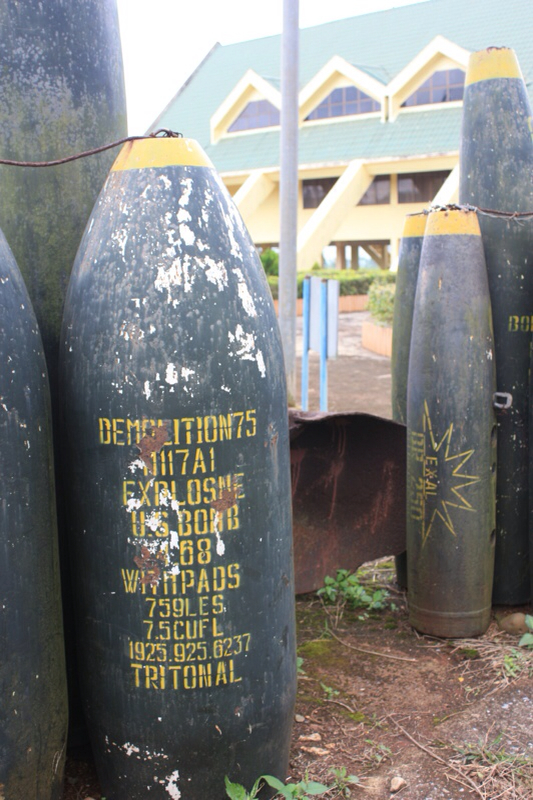
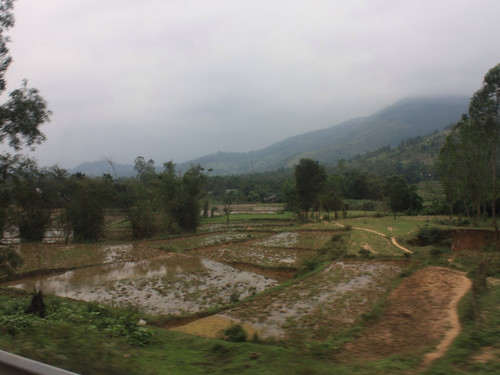
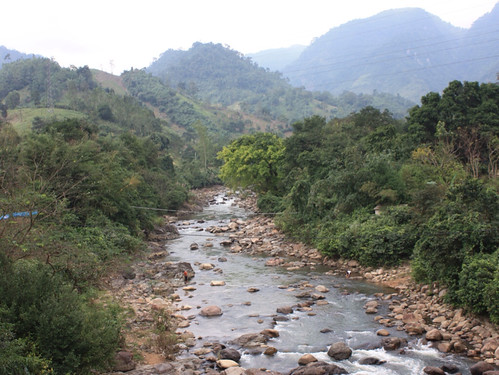

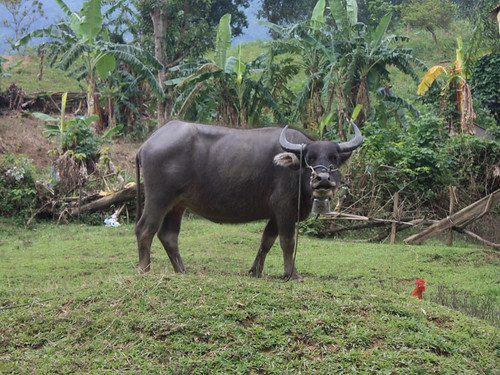
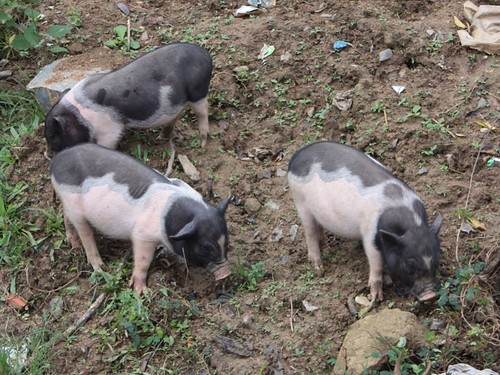


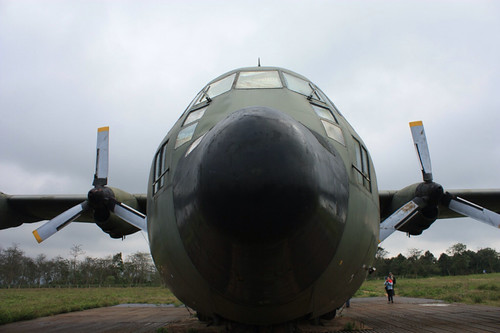
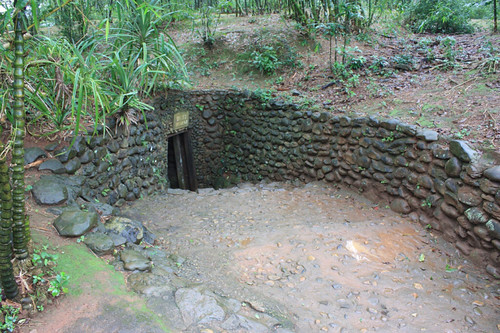
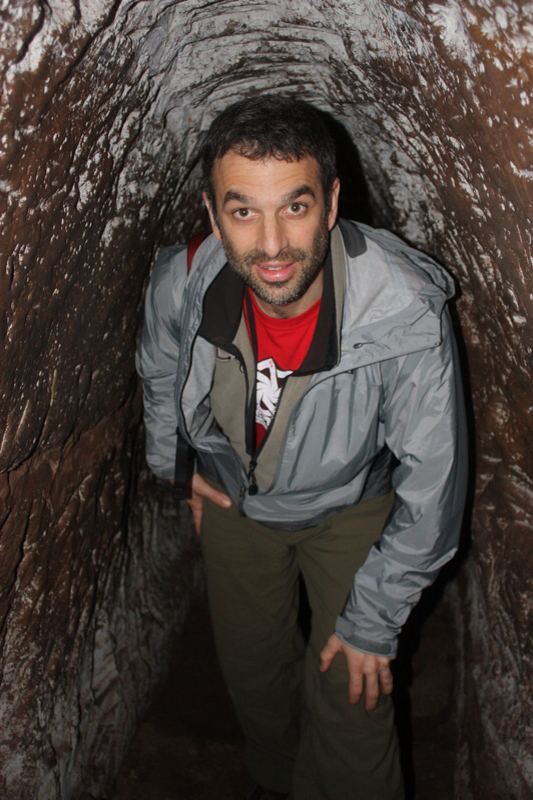
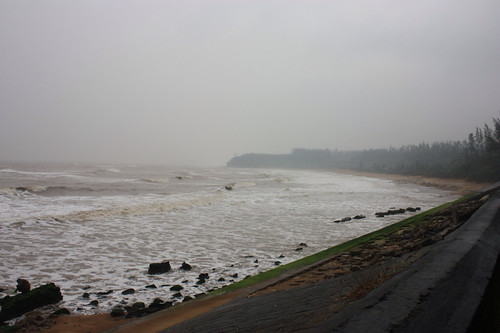
No comments:
Post a Comment